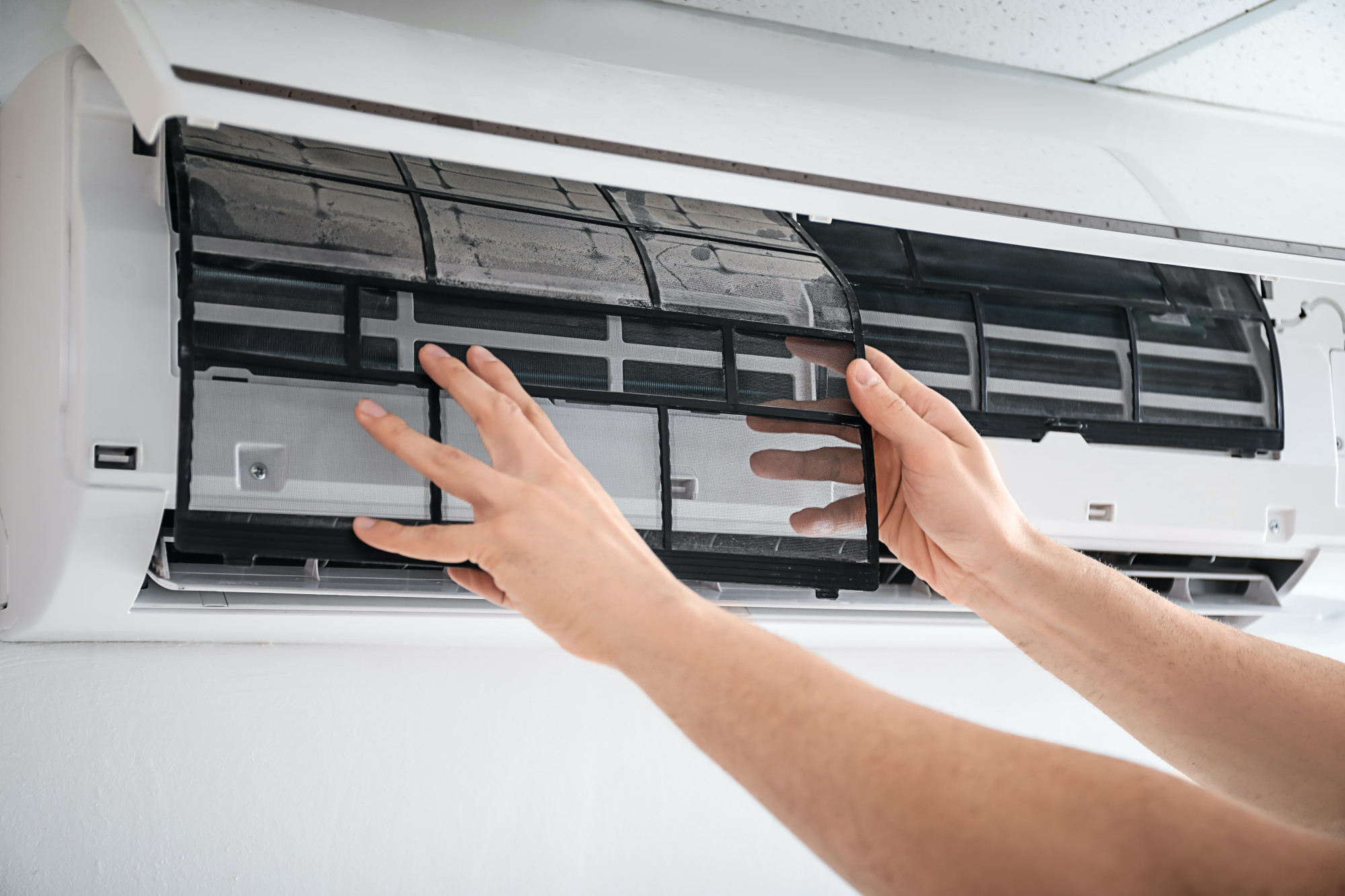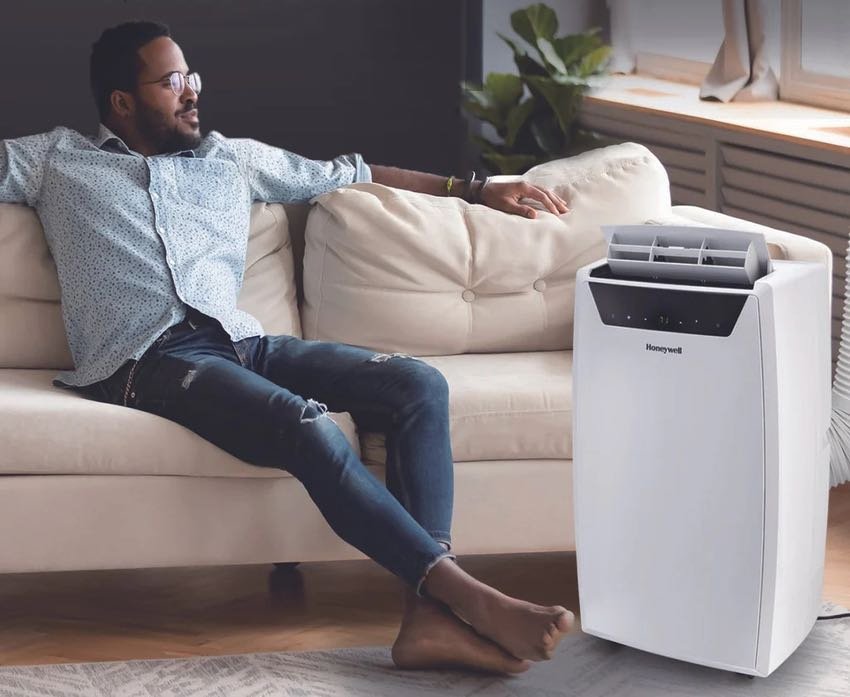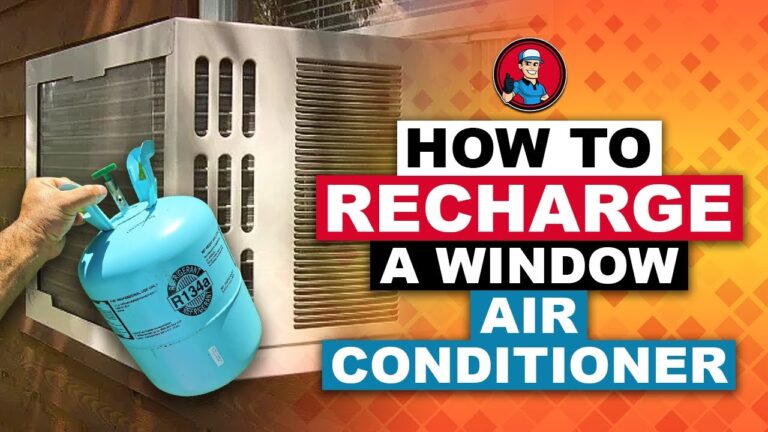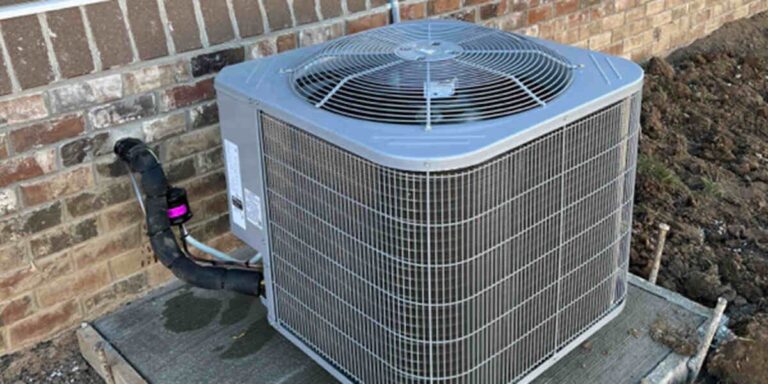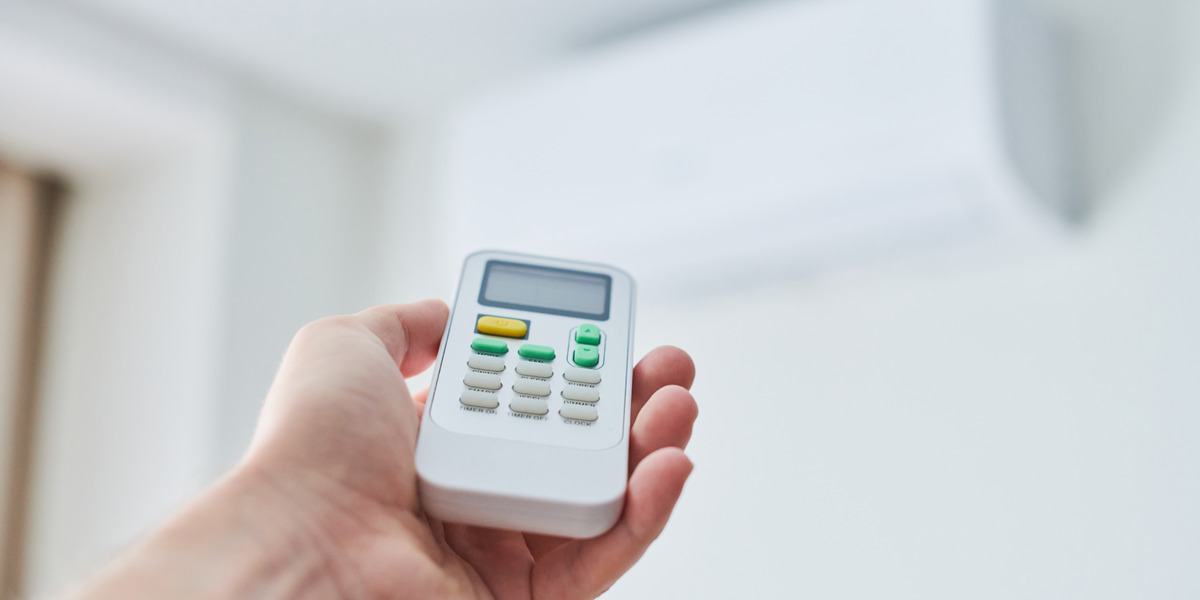What Should I Set My Air Conditioning At
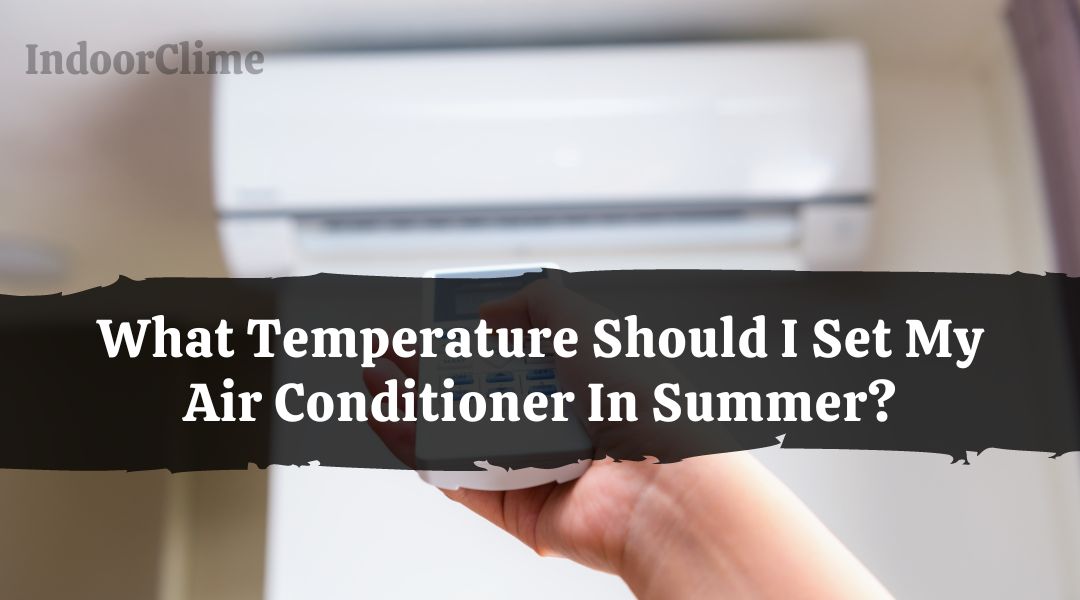
Ever find yourself battling over the thermostat with other members of your household? Or maybe your AC just seems to be running constantly, yet your home never feels quite comfortable? You're not alone. Figuring out the ideal AC setting is a common struggle, impacting both comfort and energy bills. This guide will help you diagnose the problem, try some simple fixes, and know when it's time to call in a professional.
The Comfort Conundrum: Why Can't I Find the Right Temperature?
The trouble often stems from a simple disconnect: What *feels* comfortable can be very different from what's *efficient* and healthy. People have different tolerance levels for temperature, and external factors like humidity and sunlight play a significant role. Before diving into thermostat adjustments, let's investigate some common culprits behind your discomfort.
Step 1: Assess Your Insulation
First, check your insulation. Poor insulation is like leaving a window open – your AC is working hard to cool the air, but the cool air is escaping just as quickly. Here's how to assess:
- Attic Inspection: Go into your attic (during a cooler part of the day!) and look at the insulation. Is it evenly distributed? Is it thick enough? A good rule of thumb is that you should have at least 10-12 inches of fiberglass insulation, or 8-10 inches of cellulose. If it's thin, patchy, or non-existent, adding more insulation is a great investment.
- Wall Check: Feel your exterior walls, especially during hot weather. Are they warm to the touch? This could indicate insufficient insulation.
- Window and Door Seals: Drafts are energy killers. Check the seals around your windows and doors. You can often feel a draft by holding your hand near the edges.
Simple Fix: Seal any obvious drafts with weather stripping or caulk. This is a cheap and easy DIY project that can make a surprising difference.
Step 2: Evaluate Your Windows
Next, consider your windows. Windows are a major source of heat gain, especially if they face south or west. Single-pane windows are particularly inefficient.
- Window Type: Determine what kind of windows you have. Double-pane windows with low-E coatings are much more energy-efficient than single-pane windows.
- Sun Exposure: Notice which windows get the most direct sunlight.
- Window Condition: Are your windows in good repair? Are the seals broken, allowing air to leak in or out?
Simple Fixes:
- Curtains and Blinds: Close curtains and blinds during the hottest parts of the day, especially on windows facing the sun. Dark-colored curtains are more effective at blocking heat.
- Window Film: Consider applying reflective window film to your windows. This film helps block solar heat gain, keeping your home cooler.
Step 3: Check for Air Leaks
Air leaks can sabotage even the best AC system. They allow hot air to enter your home, forcing your AC to work harder than it should.
- Common Leak Points: Look for leaks around pipes, vents, electrical outlets, and recessed lighting.
- The Incense Test: On a windy day, hold a lit incense stick near potential leak points. If the smoke wavers erratically, it indicates an air leak.
Simple Fixes:
- Caulk and Seal: Use caulk to seal any gaps or cracks around windows, doors, and pipes.
- Outlet and Switch Plate Sealers: Install foam outlet and switch plate sealers to prevent air from leaking through electrical outlets.
Step 4: Consider Airflow and Ventilation
Proper airflow is essential for effective cooling. If air isn't circulating properly, some rooms may be cooler than others, leading to thermostat battles.
- Blocked Vents: Make sure that all of your vents are open and unblocked by furniture or rugs.
- Ceiling Fans: Use ceiling fans to circulate air. In the summer, set your ceiling fans to rotate counter-clockwise to push cool air down.
- Ventilation: Ensure proper ventilation in your attic and crawl space to prevent heat buildup.
Simple Fix: Adjust your vents and ceiling fans to optimize airflow. Make sure furniture isn't blocking vents. Periodically check and clean your vents to remove dust and debris.
Step 5: Understanding Your Thermostat
Your thermostat is the brain of your AC system. Understanding how it works is crucial for finding the right setting.
- Thermostat Type: Is it a manual or programmable thermostat? Programmable thermostats allow you to set different temperatures for different times of day, saving energy when you're away from home.
- Temperature Sensors: Where is your thermostat located? Avoid placing it near direct sunlight, heat sources, or drafty areas, as these can skew the temperature readings.
- Fan Settings: Understand the different fan settings (Auto vs. On). In "Auto" mode, the fan only runs when the AC is cooling. In "On" mode, the fan runs constantly, which can improve air circulation but also increase energy consumption.
Simple Fix: Experiment with different fan settings to see what works best for your comfort and energy efficiency. Try setting a schedule on a programmable thermostat to adjust the temperature automatically throughout the day.
Finding Your Ideal Temperature: A Step-by-Step Approach
Now that you've addressed some potential underlying issues, let's focus on finding the right thermostat setting. This is often a process of trial and error, but here's a structured approach:
Step 1: Start with a Baseline
Begin with a reasonable baseline temperature. A good starting point is 78°F (26°C). This is the generally recommended temperature for energy efficiency when you're at home.
Step 2: Monitor Your Comfort
Monitor your comfort level at this temperature for a few days. Are you comfortable? Are you too warm? Too cold?
Step 3: Adjust Gradually
Adjust the thermostat in small increments (1-2 degrees at a time). Give your body time to adjust to each new setting before making further changes.
Step 4: Consider Humidity
Factor in humidity. High humidity can make you feel hotter, even at a lower temperature. If your home is humid, you may need to lower the thermostat slightly to achieve the same level of comfort. Dehumidifiers can also help.
Step 5: Optimize for Energy Savings
Optimize for energy savings when you're away. Raise the thermostat by 7-10 degrees when you're not home. This can save you a significant amount of money on your energy bill.
Step 6: Nighttime Settings
Consider a slightly warmer temperature at night. Many people find that they sleep better in a slightly warmer environment. You can also use a programmable thermostat to automatically adjust the temperature at night.
When to Call a Professional
While many of these issues can be addressed with simple DIY fixes, there are times when professional help is necessary. Here's when to call an HVAC technician:
- AC Not Cooling Properly: If your AC isn't cooling your home effectively, even after trying the above steps, there may be a problem with the unit itself.
- Strange Noises: Unusual noises coming from your AC unit, such as banging, grinding, or hissing, can indicate a serious problem.
- Frequent Cycling: If your AC unit is turning on and off frequently (short cycling), it may be a sign of a problem with the compressor or refrigerant.
- Refrigerant Leaks: Refrigerant is essential for cooling, and leaks can be dangerous. If you suspect a refrigerant leak (e.g., you see ice forming on the coils), call a professional immediately.
- High Energy Bills: If your energy bills are significantly higher than usual, even after adjusting your thermostat and addressing air leaks, it could indicate a problem with your AC system.
- Old AC Unit: If your AC unit is more than 10-15 years old, it may be nearing the end of its lifespan and may be less efficient. A professional can assess whether it's time to replace your unit.
- Ductwork Issues: If you suspect problems with your ductwork (e.g., leaks, blockages), it's best to call a professional to inspect and repair the ducts. This is often beyond the scope of a DIY project.
Never attempt to repair your AC unit yourself if you're not comfortable working with electrical equipment or refrigerant. These repairs can be dangerous and should be left to trained professionals.
Beyond the Thermostat: Lifestyle Factors
Remember that your comfort isn't solely determined by your thermostat setting. Lifestyle factors also play a role.
- Clothing: Wear lightweight, breathable clothing during hot weather.
- Activities: Avoid strenuous activities during the hottest parts of the day.
- Cooking: Minimize cooking that generates heat, such as using the oven.
- Hydration: Stay hydrated by drinking plenty of water.
By combining these lifestyle adjustments with a well-optimized AC system, you can create a comfortable and energy-efficient home environment.
Conclusion: Finding Your Sweet Spot
Finding the right AC setting is a journey, not a destination. By understanding the factors that influence your comfort and energy efficiency, you can fine-tune your thermostat to create a space that's both comfortable and affordable. Don't be afraid to experiment and adjust as needed. And remember, when in doubt, consult a professional. They can help you diagnose and resolve any underlying issues that may be affecting your AC system's performance.
